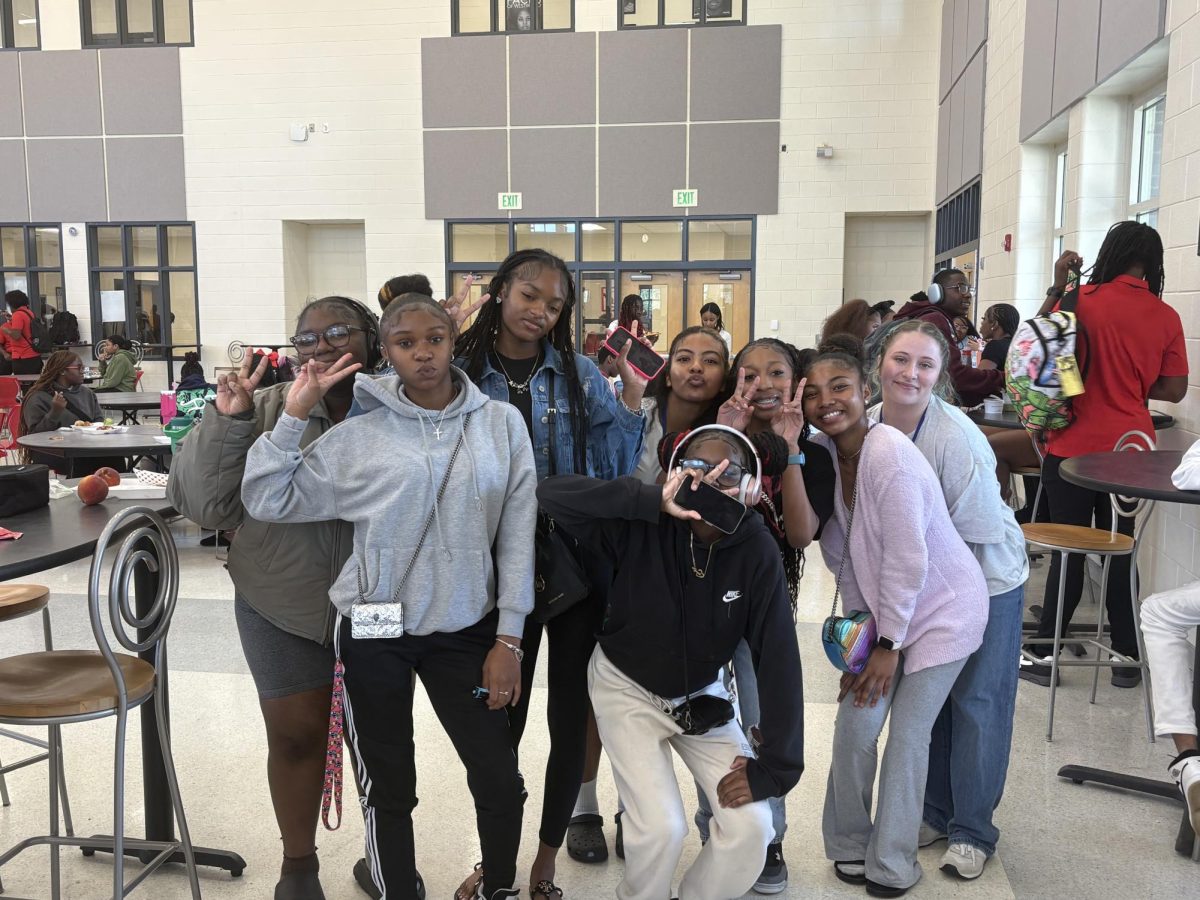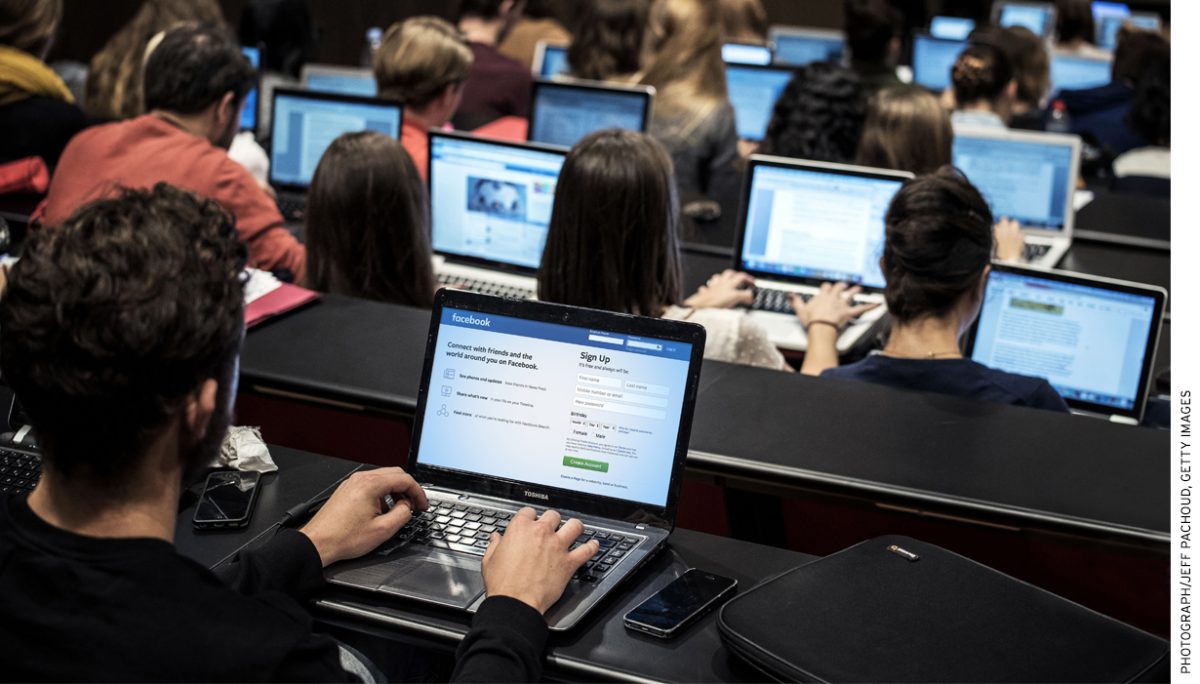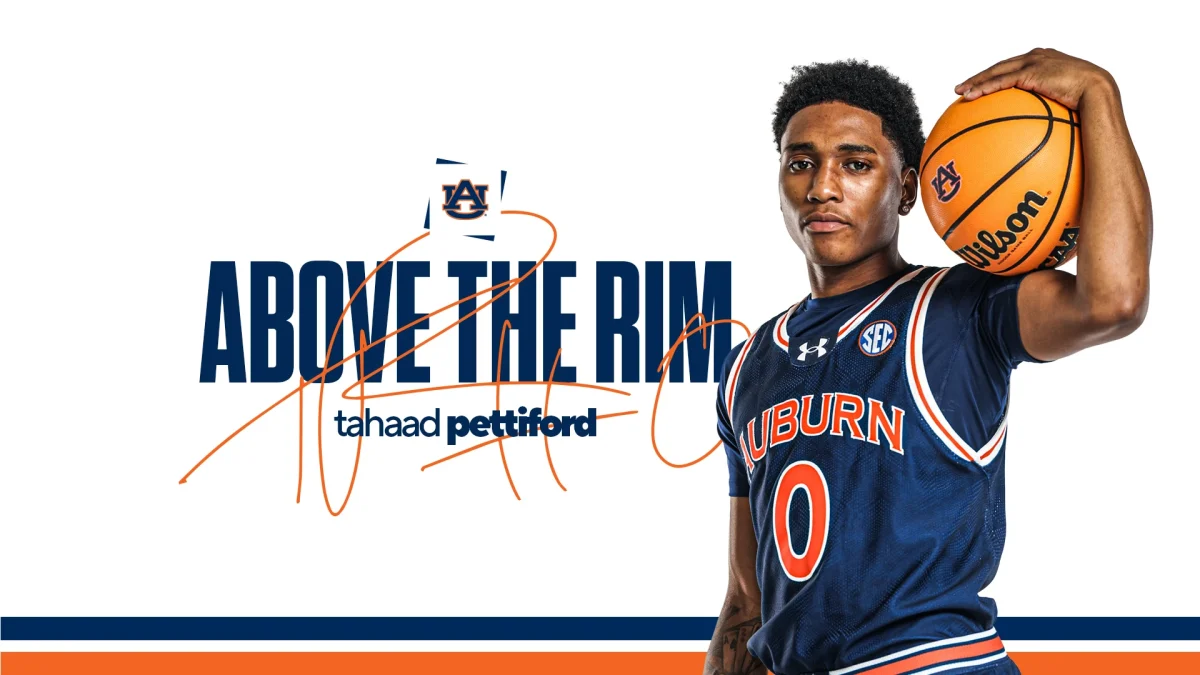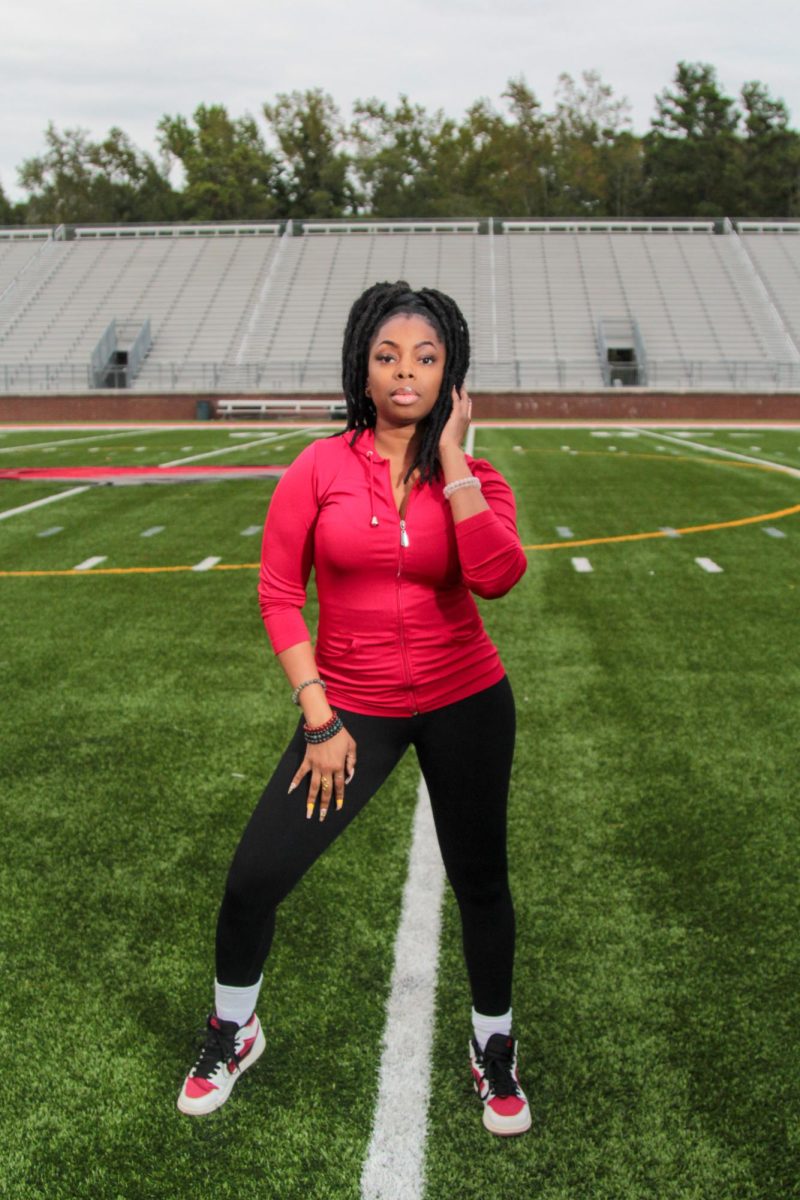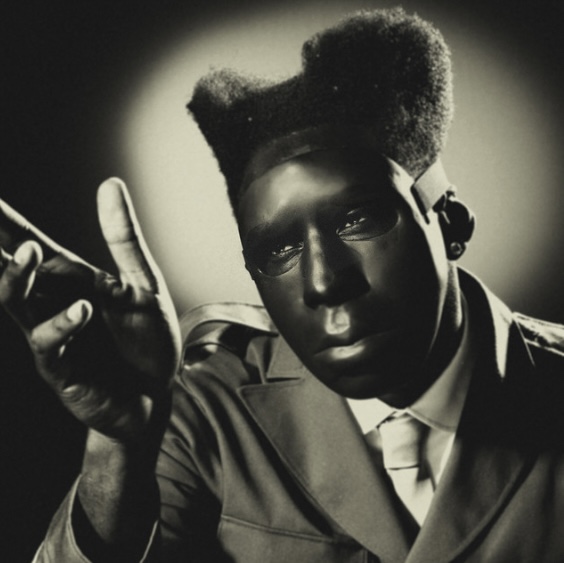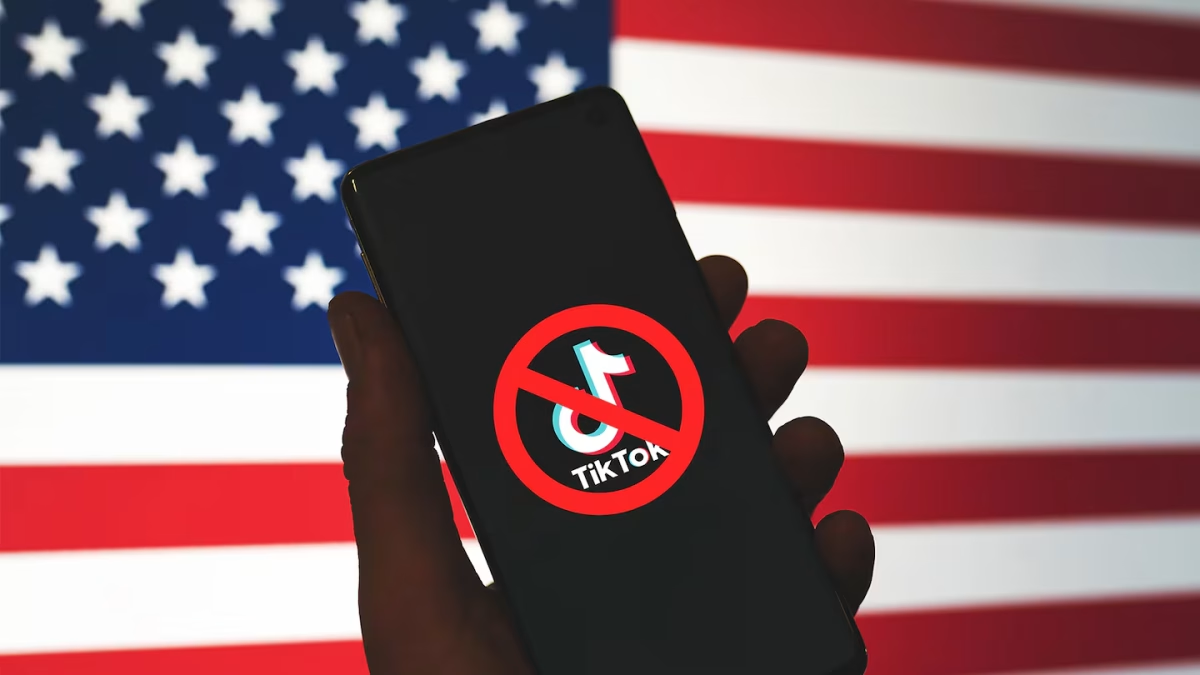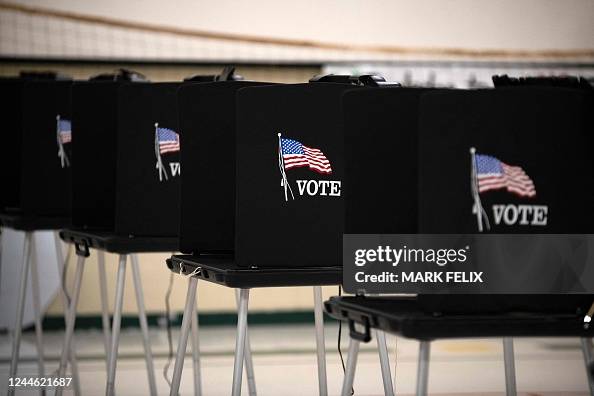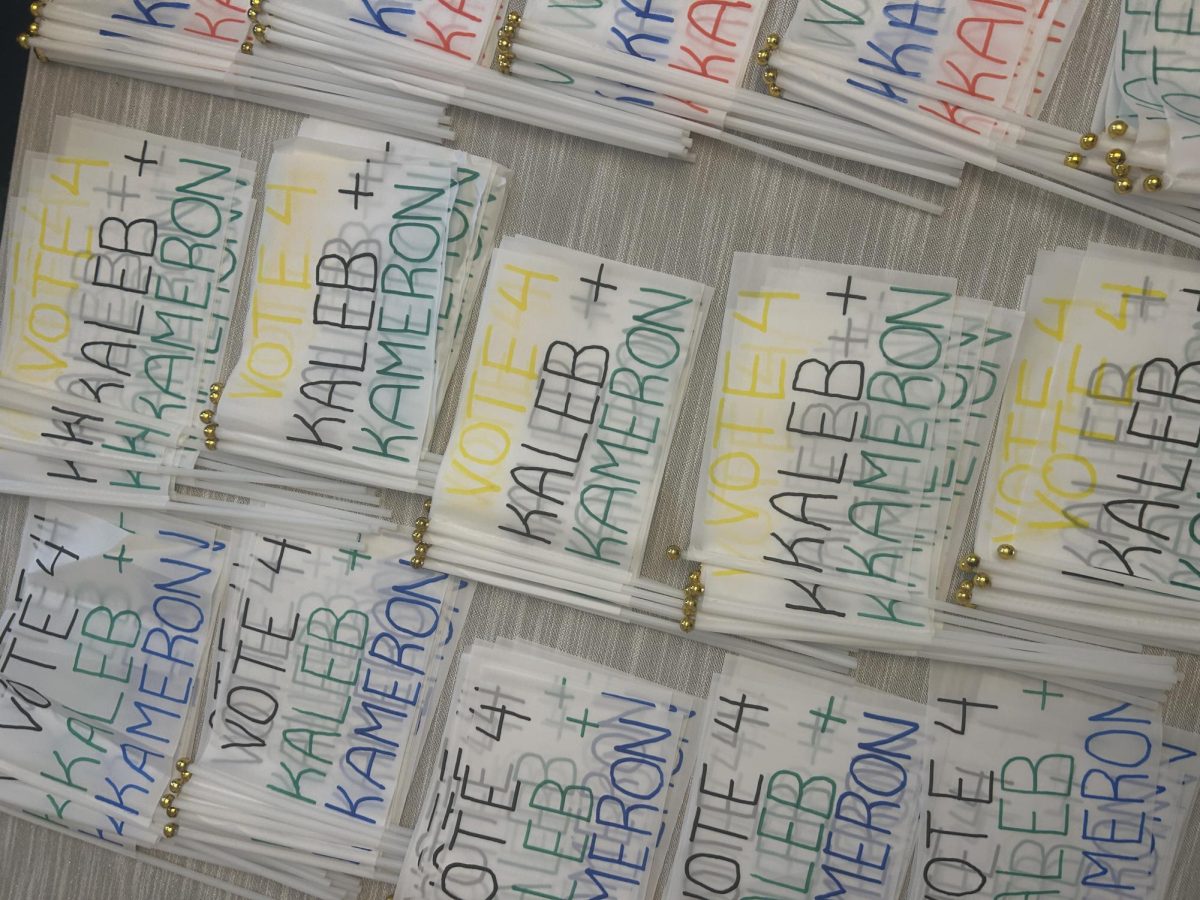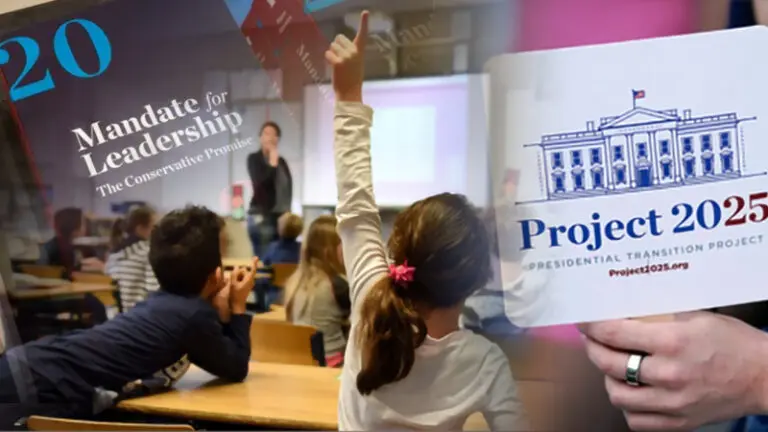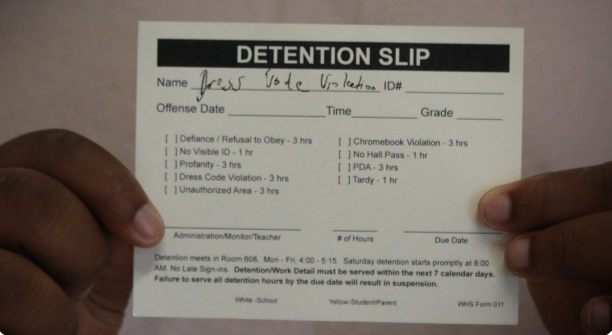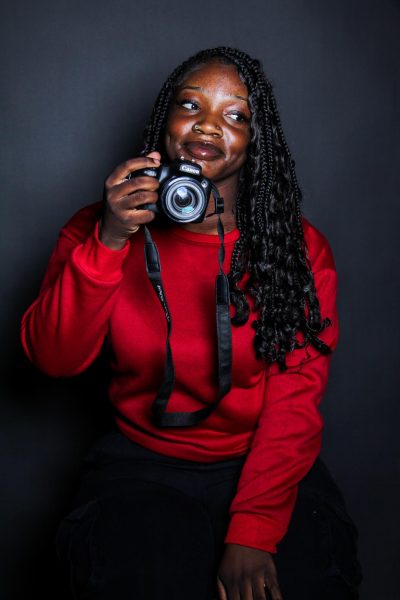The dress code in schools aims to maintain discipline and prevent criticism, but it can negatively impact a student’s learning environment. Schools base their dress code on what they don’t want to be a distraction or problem for other students.
How do Westwood’s students and administrators contribute to these terms? District 2 has a strict yet comfortable dress code for students. They are expected to wear shirts that cover their front, back, and underarms without threatening or violent content.
Bottoms can be worn, but skirts, shorts, or dresses must be mid-thigh or longer. Footwear is allowed except for any slippers or footwear that is not appropriate for daily activities.
Headwear is not allowed unless medically necessary or justified. This dress code goes for all the schools in District 2 including high school, middle school, and elementary schools.
The dress code had sparked diverse opinions from students and administrators, with females often feeling targeted due to their bodies. A fourteen-year-old student at Westwood, Maria, believes that teachers and dress code makers may target girls personally, as their bodies influence how certain clothes fit and look on them.
The concept behind the dress code ensures that students maintain a modest mindset while attending school, enabling them to concentrate on their education and prioritize what truly matters.
But what do the administrators have to say about this policy? Ms. Johnson, an administrator at Westwood, shared her perspective on the dress code.
She remarked, “I do believe that the dress code affects girls because there are many different points of view of the situation, although the dress code was established to prepare students for the real world and to encourage them to adopt more mature and modest attire.”
Teenagers are encouraged to set a new standard and follow the beat of their drum, however a dress code in place hinders this.

